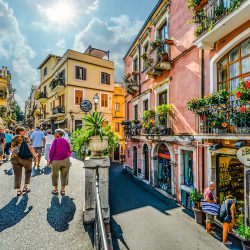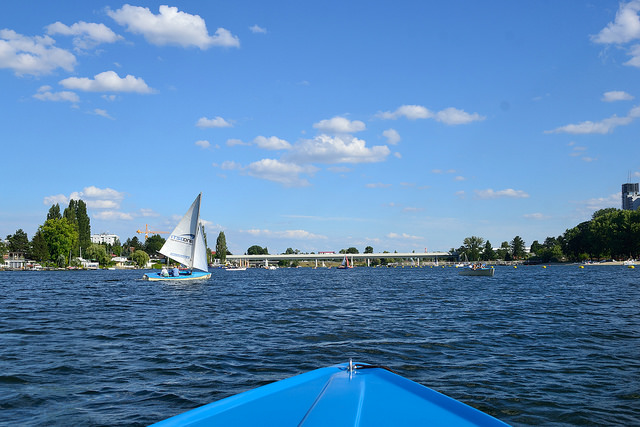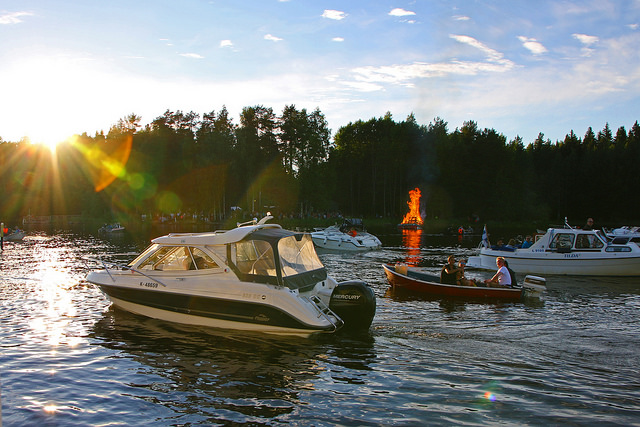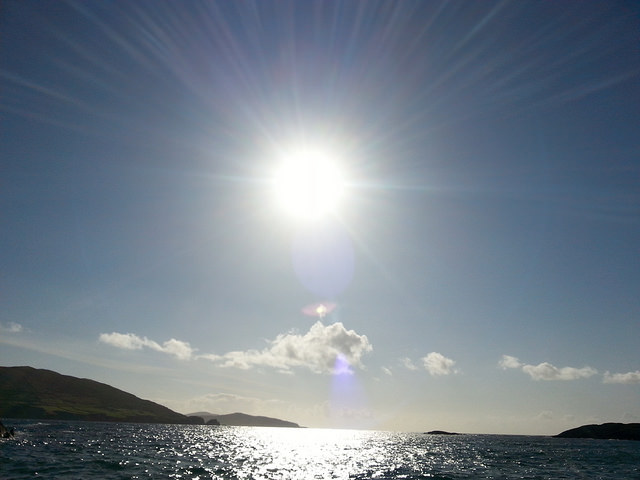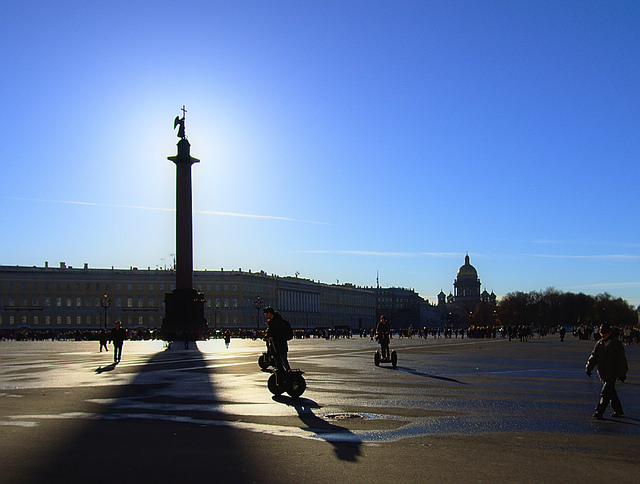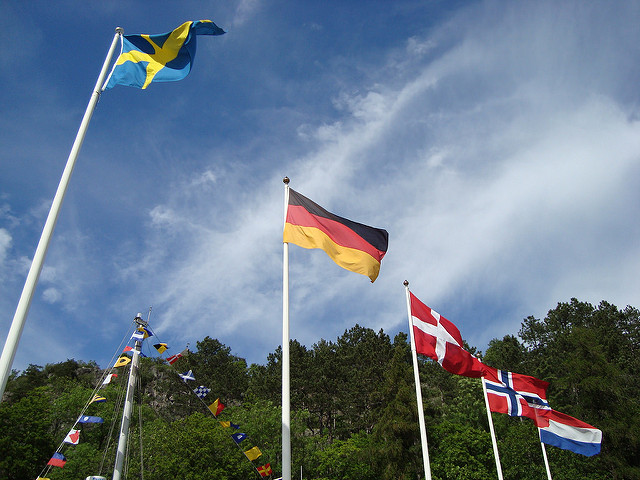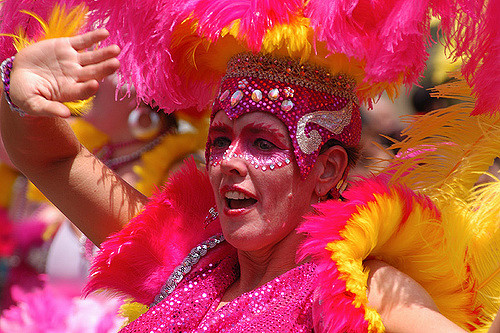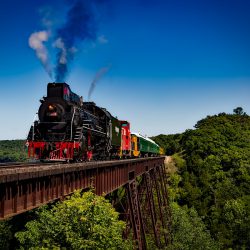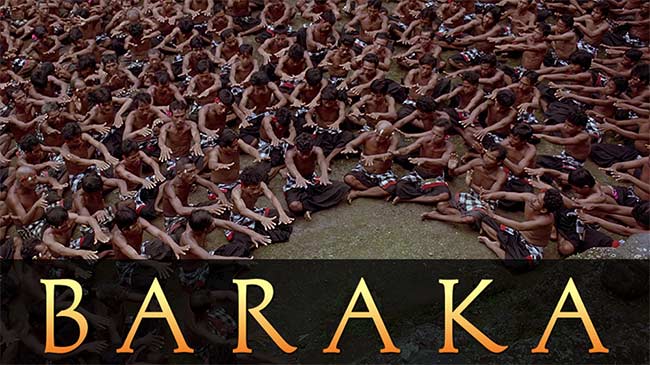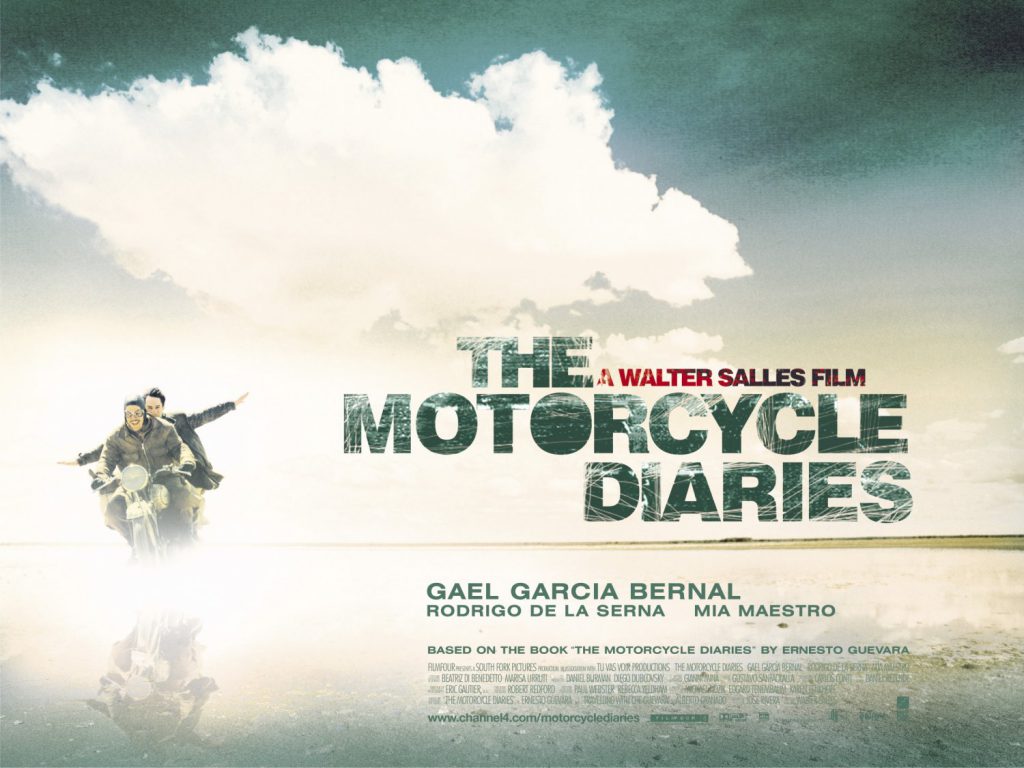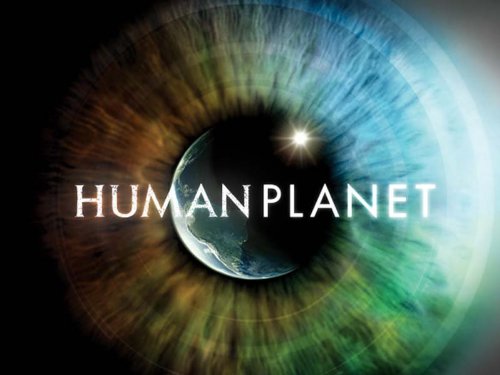When you travel, you interact with many different kinds of people and anywhere you travel you would always need a few basic phrases in a foreign language so you can get around. Here are some basic communication skills to help you communicate effectively when you travel to a non-English speaking country.
Italian
Boun giorno – Hello / Good morning / Good afternoon
Bouna notte – Good night
Bouna sera – Good evening
Ciao – Hi / Hello / Bye
Come sta? – How are you?
Come va – How are you?
Grazie – Thank you.
Mi dispiace – I’m sorry.
Parla inglese – Do you speak English?
Prego – You’re welcome
French
Au revoir – Goodbye
Bonjour – Hello/Good morning/afternoon
Comment allez-vous? – How are you?
Excusez-moi – Excuse me.
Est-ce que vous parlez anglais? – Do you speak English?
Est-ce que vous pouvez m’aider? – Can you help me?
Il n’y a pas de quoi – You’re welcome.
Je ne comprends pas. – I don’t understand.
Merci – Thank you.
Oui/Non- Yes/No
Chinese
Nǐ hǎo ma? – How are you?
Xièxie. – Thank you.
Duìbuqǐ- I’m sorry.
Hěn gāoxìng rènshì nǐ. – Nice to meet you.
Zàijiàn – Goodbye.
Nǐ hui4 shūo yīngyǔ ma? – Do you speak English?
Zǎo ān. – Good morning.
Wǒ tīng bu4 dǒng. – I don’t understand.
Japanese
Arigatu – Thank you.
Hai – Yes.
Dōitashimashite. – You’re welcome.
Gomennasai. – I am sorry.
Konbanwa. – Good evening.
O-negai shimasu. – Please
Ohayō gozaimasu. – Good morning.
O-namae wa nan desu ka. – What is your name?
O-genki desu ka. – How are you?
Wakarimasen. – I don’t understand.
Spanish
Buenos dias – Good morning.
Buenas tardes – Good afternoon
Buenas noches – Good evening.
Cómo está usted? – How are you?
Mucho gusto. – Nice to meet you.
Adios – Goodbye
Hasta luego – See you later.
Que hora es? – What time is it?
De nada. – You are welcome.
Gracia – Thank you.

